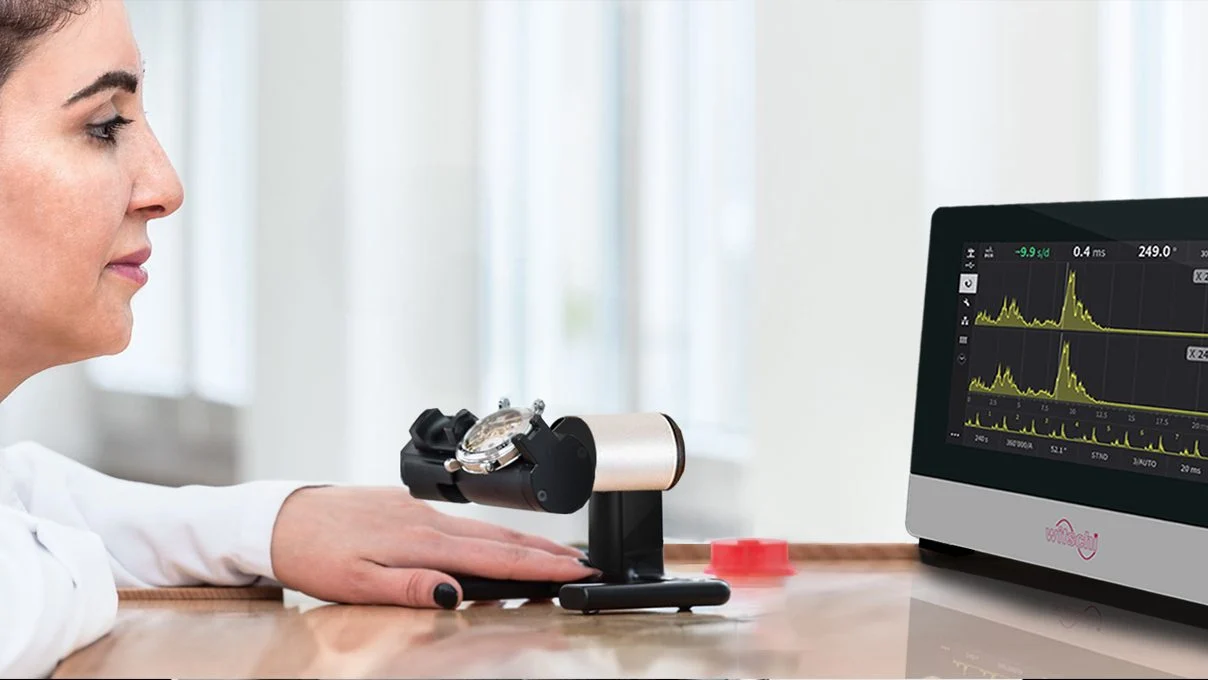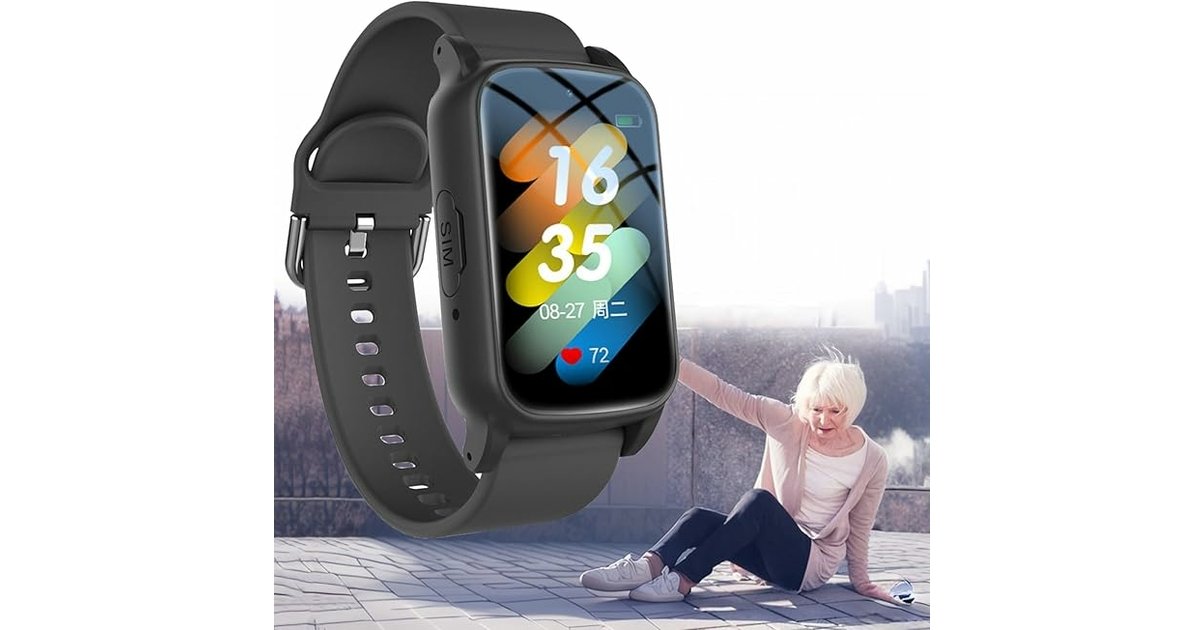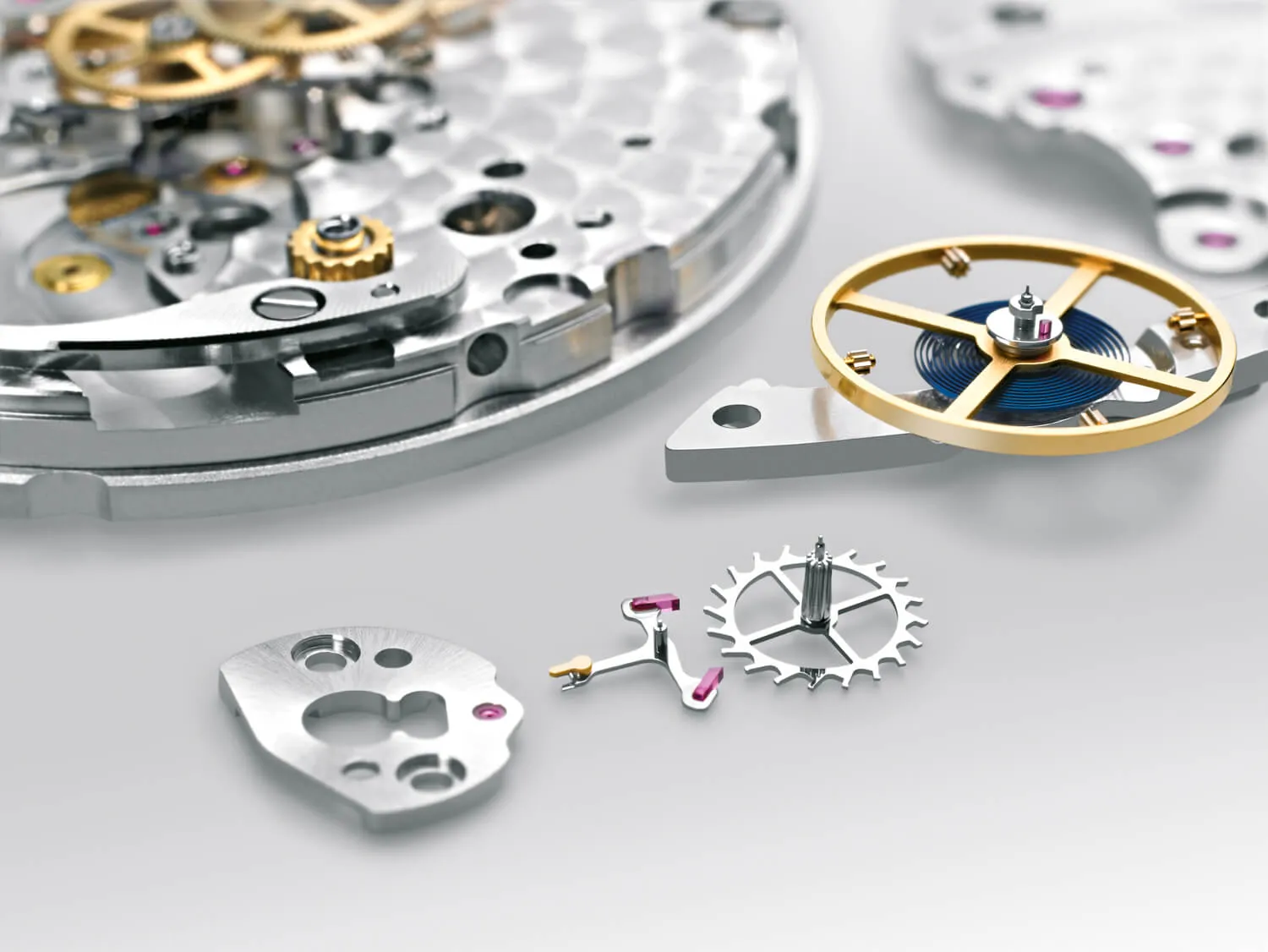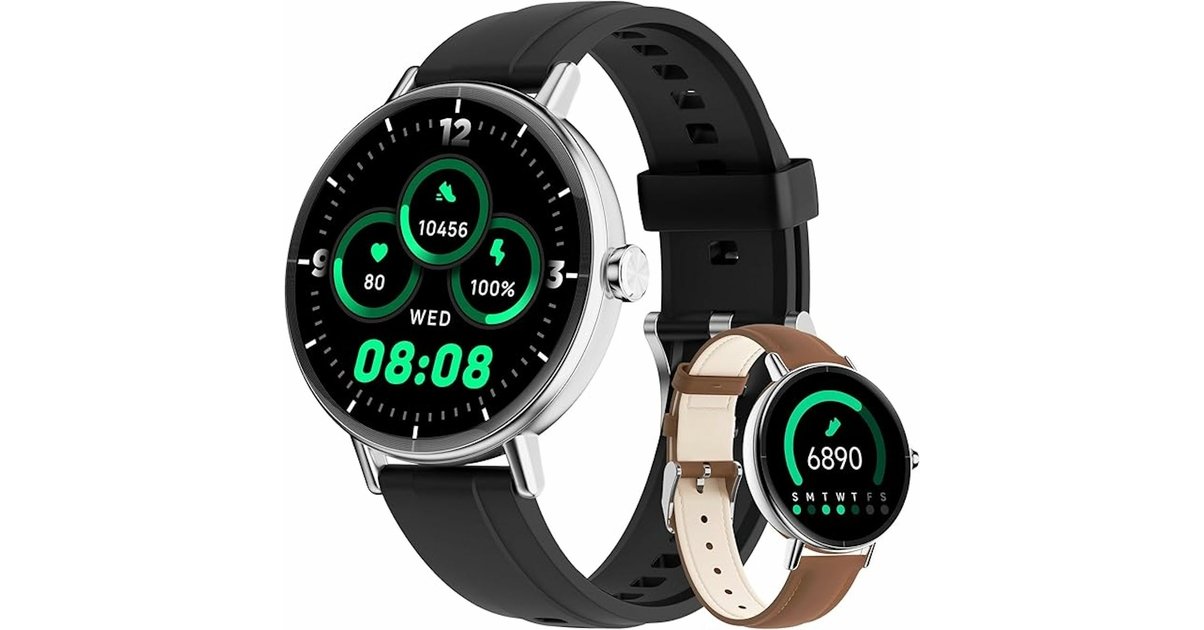Table of Contents
History of the pocket watch
Since its creation in 1505, the pocket watch has always been considered a true fashion accessory. First worn around the neck as a pendant watch and then in a small fob pocket, this extraordinary timepiece has evolved very quickly over the years.

Of course, all the major watch manufacturers (Audemars Piguet, Breguet, Patek Philippe) that we know today have participated in its technological and aesthetic evolution.
Unfortunately, it suffered a sad decline when the First World War broke out. Indeed, for strategic reasons, the soldiers present on the front had to have quick access to the time, something that was not easy with a pocket watch. To this, the latter gave way to the one to which we dedicate a real passion, the wristwatch.
However, the old pocket watch has not said its last word and for good reason! For a few years now, it has become fashionable again, at the same time as the vintage style! At least, that’s the mission that the members of the Atelier Gousset team have given themselves, a shop that is specially dedicated to it!
In doing so, we will explain in this article how to choose it well, so that you too can assert your old-school style!
You are ready ? So let’s discover all this together now!
1. Which watch movement to choose?
Before we get to the nitty-gritty, it’s important to lay the groundwork so you can understand what we’re going to be talking about. To choose a pocket watch, we recommend that you first determine the movement that will best meet your needs and expectations.
In doing so, let’s start by discovering together the three most common types of movements today.
The mechanical movement:
The inside of a watch is as important as the outside and that’s why the hand-wound mechanical movement is certainly the most popular mechanism for purists.

For the uninitiated, this type of movement works thanks to the mechanical energy stored in the mainspring. When it relaxes, it retransmits all its power to the rest of the watch mechanism (escapement, balance wheel, gears, etc.), in order to allow the hands of the dial to turn.
Then, when he is fully relaxed, that is when the mechanical pocket watch stops. To do this, all you have to do is wind it manually, via its winding crown, so that it works again as on its first day. Quite simply.

*Note that for some enthusiasts, winding their watch every morning is considered a real watchmaking ritual.
So, if you like beautiful mechanics (especially if you choose a skeleton pocket watch), this movement is for you!
The automatic movement:
Automatic pocket watches work exactly like those equipped with the previous movement, with the difference that they are mechanically wound.
This feature comes from a single piece called the rotor. It is a small oscillating mass which follows the gestures of the wearer of the watch and which allows the barrel spring to be wound automatically.

Now, if you want to benefit from the advantages of a mechanical watch (know-how, prestige, doesn’t need a battery to function) and you want to benefit from its automation, then this type of movement is made for you!
The quartz movement:
It is easy to use, it requires almost no maintenance and it is less expensive than others. This is why it is the best-selling movement in the world! Thanks to its operation, it makes it possible to give a reliable, precise and constant time over time.

What more can be said ?
A quartz pocket watch is perfect for someone who wants a nice (not too expensive) watch, without having to worry about what’s going on inside. Quite simply.
2. Which style to choose?
A discreet, flashy watch… or both? First of all, it’s a matter of taste.

Know that from the vintage pocket watch to the modern pocket watch, you have the choice. It depends on your clothing style and your personality. So you are the only master on board.
Open dial pocket watches
Open dial pocket watches are characterized by the absence of a protective cover or “hunter’s case” over the watch face. This design allows for easy reading of the time and often features elegant dials with intricate engravings or delicate enamel work. The lack of a cover also allows the watch movement to be showcased through a transparent case back, adding to the appeal of the watch for watchmaking aficionados.
Hunter Case Pocket Watches
The Hunter Case pocket watch features a protective metal cover that opens to reveal the watch face. This style provides an extra layer of protection for the watch’s delicate crystal and dial. The cover often features intricate engravings, raised patterns or enamel work, making each watch a unique work of art. Hunter case pocket watches come in two main sub-styles:
- Full Hunter Case: The Full Hunter case offers full coverage of the watch face, with the lid hinged at the 6 or 9 o’clock position. To read the time, the wearer must open the cover, which can be spring-loaded or manually opened.
- Half Hunter Case: The Half Hunter case has a small opening or window on the lid, allowing the wearer to read the time without fully opening the case. This convenient design often features ornate markings or numerals surrounding the window for an added touch of elegance.
Double Hunter Case Pocket Watches
Double hunter case pocket watches are similar to the traditional hunter case style, but have an additional hinged cover on the back of the case. This allows the wearer to see the intricate movements of the watch, as well as protecting the dial. Double hunter case pocket watches often feature exceptional craftsmanship in both the movements and exterior decoration, making them highly prized by collectors.
Skeleton pocket watches
Skeleton pocket watches are designed to showcase the intricate inner workings of the watch movement. These timepieces often feature a transparent or cutaway dial, allowing the wearer to observe the interaction of the gears, springs and levers that power the watch. Skeleton pocket watches are particularly revered by watch enthusiasts who appreciate the artistry and skill involved in creating such intricate mechanisms.
Railroad Pocket Watches
Railroad pocket watches were specifically designed for use by railroad workers, who needed accurate and reliable timekeeping to coordinate train schedules and prevent collisions. These watches typically featured bold, easy-to-read dials, precise movements and strict timekeeping standards. Today, railroad pocket watches are a nostalgic reminder of the golden age of train travel and a testament to the importance of accurate timekeeping in the industrial age.
4. Maintenance of a pocket watch
To ensure their longevity and reliable timekeeping, proper maintenance is crucial. Here are the 3 essential aspects of pocket watch maintenance, including cleaning, winding, and battery replacement.

Cleaning
Proper cleaning is integral to preserving the beauty and functionality of your pocket watch. Over time, dust and debris can accumulate within the watch’s intricate mechanisms, impacting its performance. To keep your pocket watch in pristine condition, follow these steps:
- Exterior Cleaning: Wipe down the watch’s exterior using a soft, dry cloth. Avoid using water or any harsh chemicals, as these can damage the watch’s delicate finish. For stubborn dirt or stains, you may dampen the cloth slightly with a diluted solution of mild soap and water, but be cautious not to let any moisture enter the watch’s interior.
- Interior Cleaning: This process should be performed by a professional watchmaker or technician, as the internal components are delicate and require specialized tools and expertise. Typically, a thorough cleaning involves disassembling the watch, removing any dust, dirt, or debris with specialized cleaning solutions, and reassembling it with proper lubrication. It is recommended to have your pocket watch serviced and cleaned internally every 3-5 years to maintain its accuracy and extend its lifespan.
Winding
Mechanical pocket watches require regular winding to ensure their smooth operation. Depending on the watch’s movement, it may need winding every day or every few days. To wind your pocket watch, follow these steps:
- Ensure the watch is not overwound: Before winding, gently rock the watch back and forth to feel the tension in the mainspring. If there is significant resistance, the watch may be fully wound already, and further winding could damage the movement.
- Wind the watch: Hold the watch in one hand, and with the other hand, carefully pull out the winding crown. Turn the crown clockwise until you feel resistance, which indicates the watch is fully wound. Avoid overwinding, as this can damage the watch’s internal components.
- Push the winding crown back: Once the watch is wound, gently push the crown back into its original position. This ensures the watch remains water-resistant and prevents dust from entering the movement.
Battery Replacement (if applicable)
Quartz pocket watches, unlike their mechanical counterparts, rely on batteries to function. Over time, these batteries will deplete and require replacement. The following steps outline how to replace a battery in your quartz pocket watch:
- Determine the battery type: Consult the watch’s user manual or contact the manufacturer to identify the appropriate battery type for your specific pocket watch model.
- Remove the watch’s back: Using a case opener or a similar tool, carefully remove the back cover of the watch. Be cautious not to scratch the watch or damage any internal components.
- Replace the battery: Using a pair of non-magnetic tweezers, carefully remove the old battery from its holder. Insert the new battery, ensuring it is properly oriented according to the watch’s polarity markings.
- Reassemble the watch: After replacing the battery, ensure all gaskets and seals are correctly positioned before carefully reattaching the back cover. Test the watch’s functionality to ensure the battery replacement was successful.

3. Where to buy your pocket watch?
Now that you know the type of movement that will best suit your needs and that you know the style that will match your personality. Let’s find out together where you can buy your future timepiece.
If you want to buy a watch from a major Swiss watch manufacturer, we recommend that you go directly to the brand or simply to second-hand resale sites. But beware, prices can reach sky highs!
Now, if you want to buy it from a specialist, with a more affordable price, you can also do it in the online store that we mentioned earlier in the article.
In this collection of pocket watches, you will inevitably find the model that will meet your expectations. In addition, you will be able to benefit from several purchase and maintenance advice, simply by contacting their service. What (you) offer a very nice gift!






